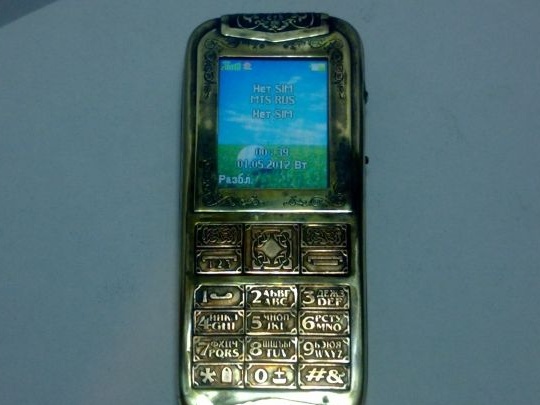
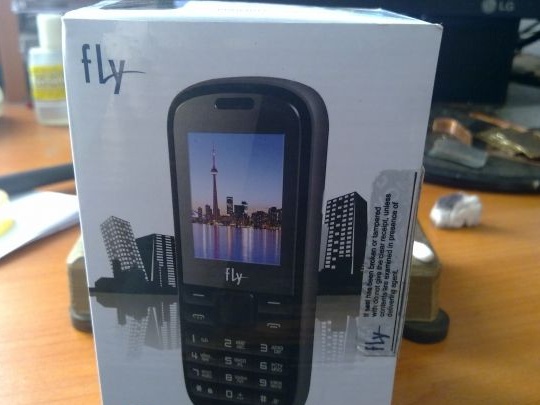
Hello !
This article will describe a method of manufacturing an original steampunk phone case.
As a volunteer, the author took the most ordinary Chinese phone, with standard parameters, his cost is not high, which means that if something goes wrong, he will not be very sorry, in general, for this work he perfect fit.
The author began by disassembling the phone into its component parts.
Then, with the help of stamping, the first part was made - the back cover; a brass plate was chosen as the material.
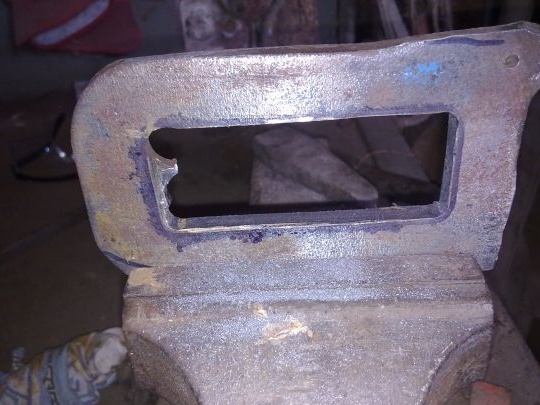
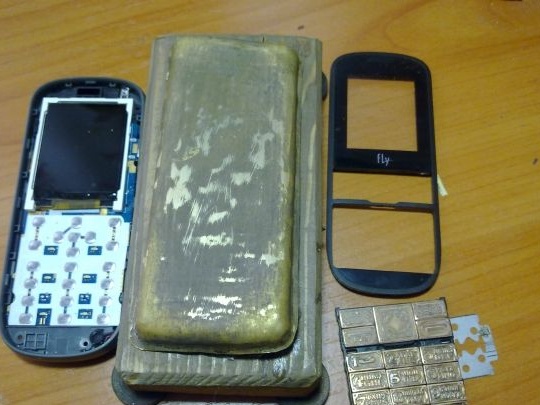
Then, using the LUT technology, keys for the phone were made, etching took place in the ferric chloride, which were drawn in the CorelDRAW program, and printed on a self-adhesive backing.
Before installing them, we remove the old keys, clean the surface, making it even, then with the help of super glue we fix them in their places.
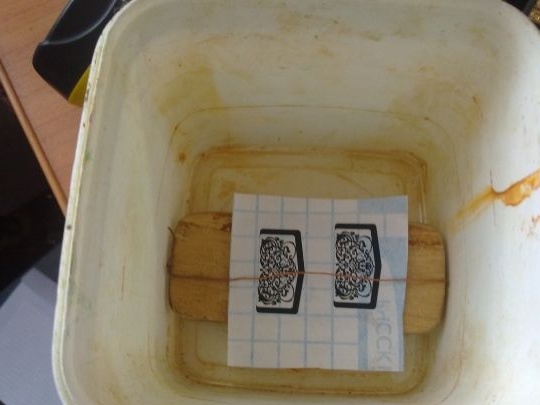

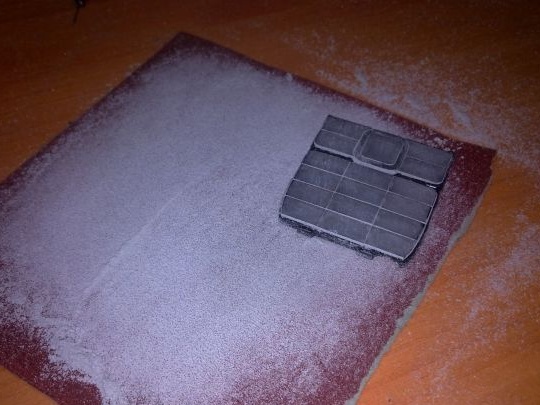
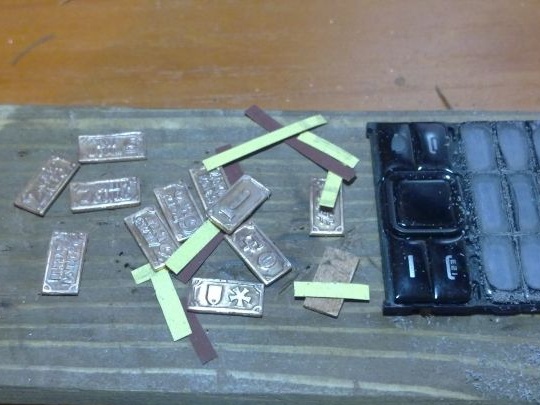
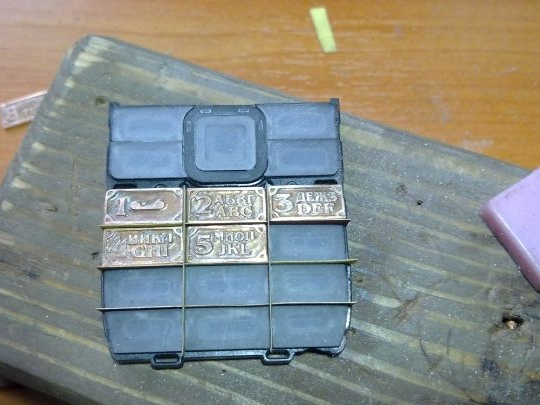
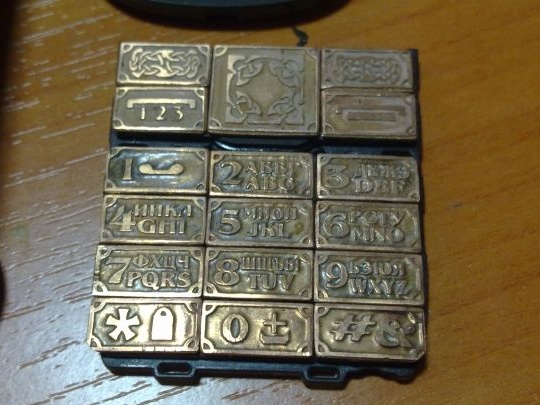
Next, the side frame and the front part were made according to the size of the phone, the edges were temporarily fixed with copper rivets, in the future all the connections will be soldered to each other.
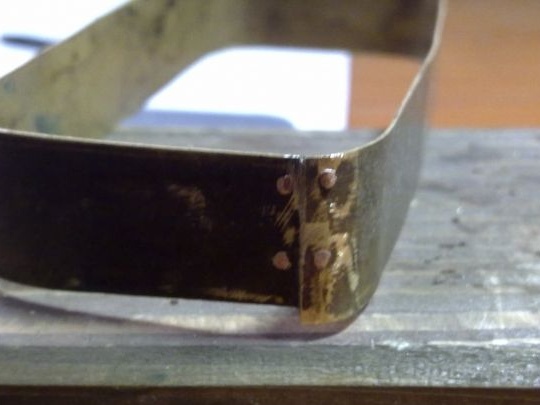
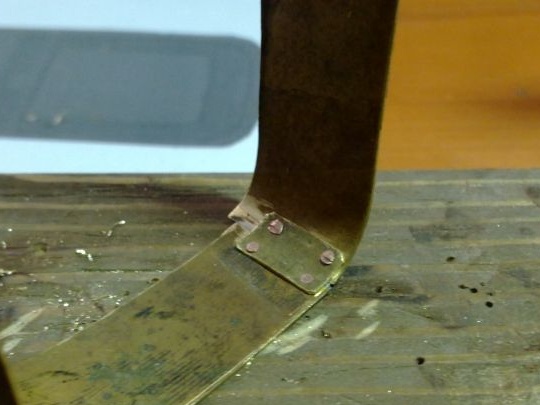
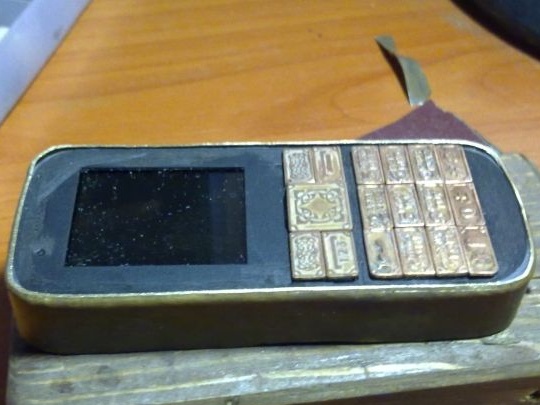
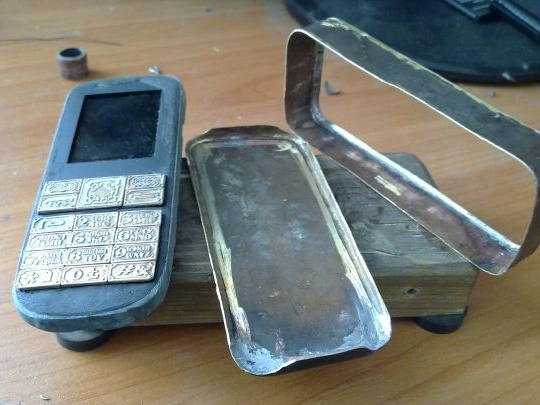
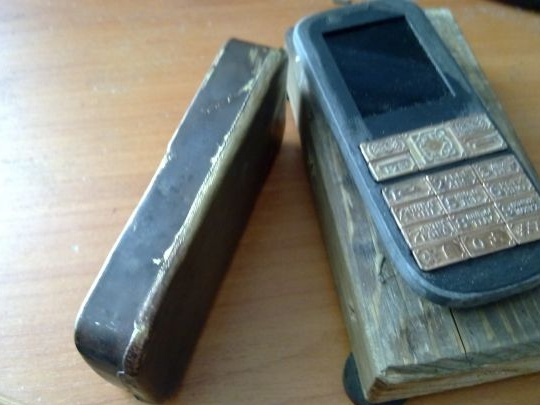
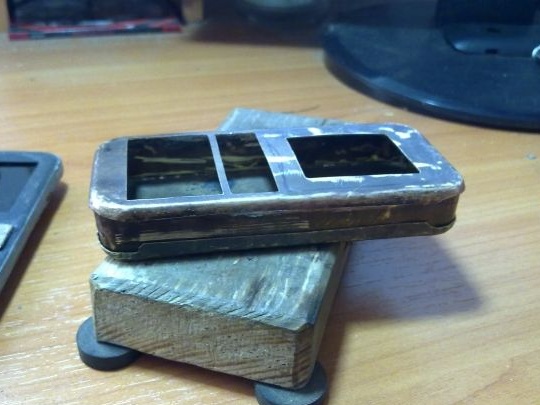
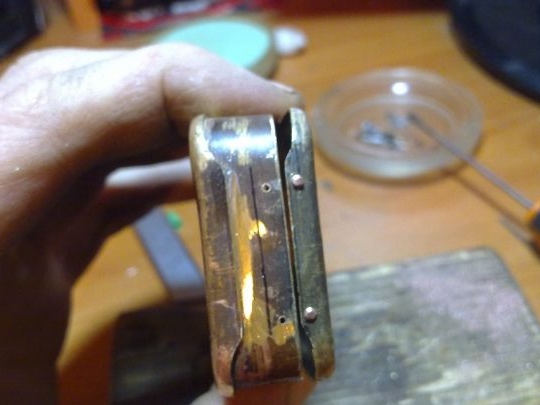
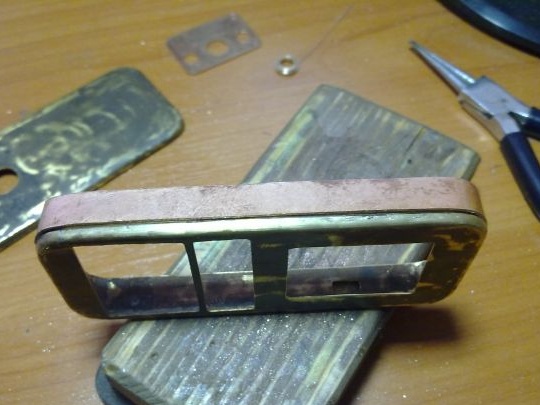
Then the parts were carefully sanded. The rivets in the photo play the role of a lock.
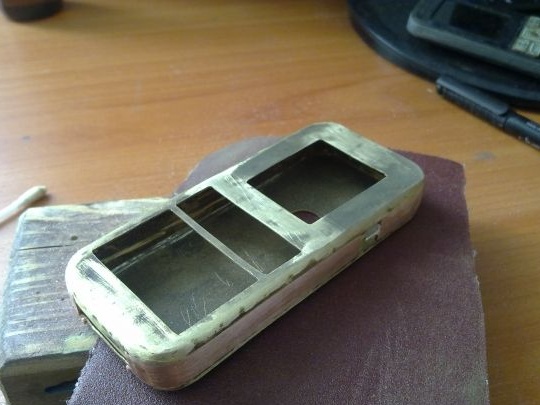
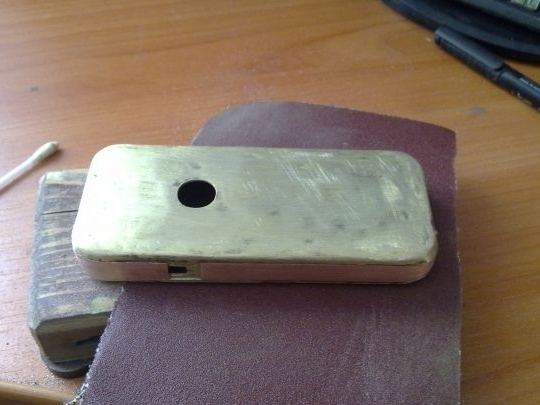

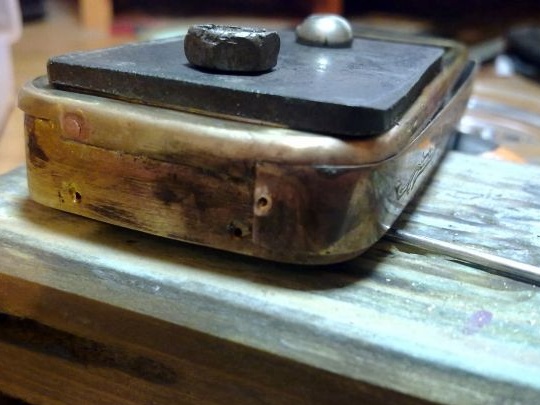
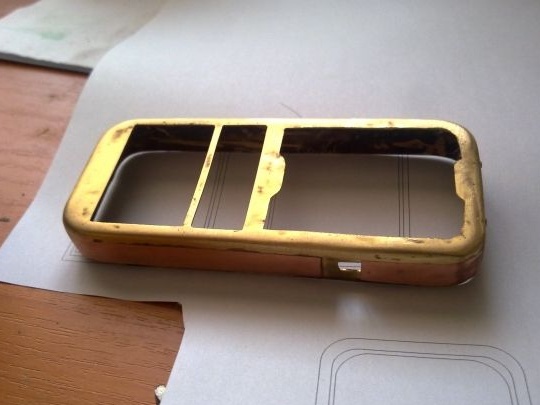
Then a decorative frame was made around the screen, which was redone several times.
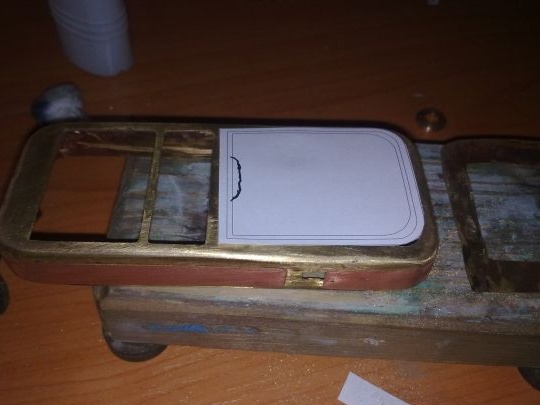
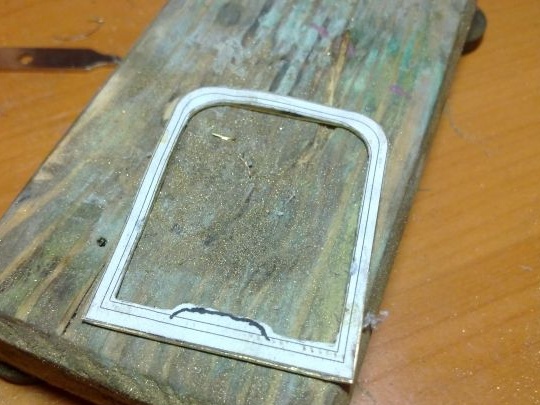
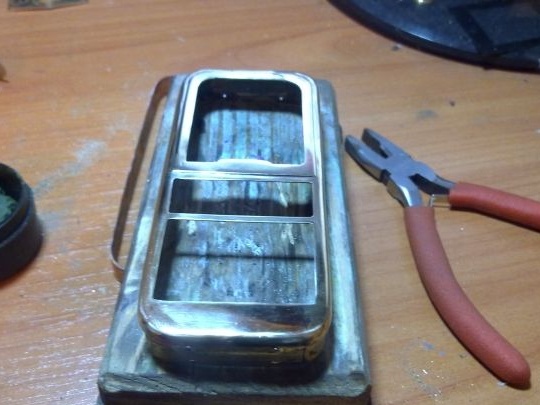
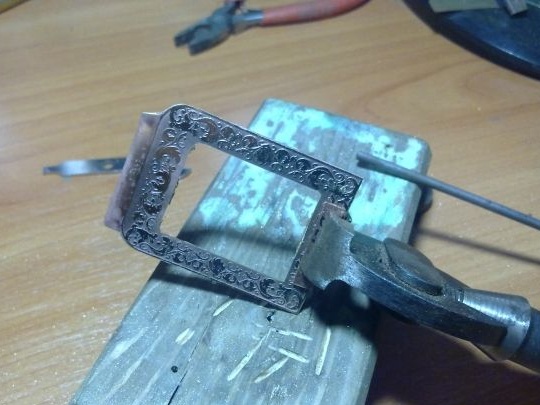
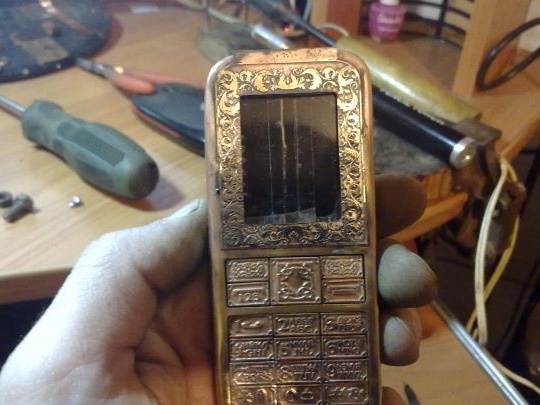
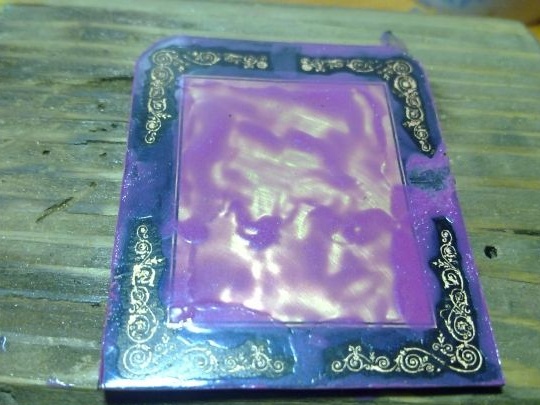
For accurate soldering, the author used this self-made device, which consisted of two plates and had two clamping bolts.
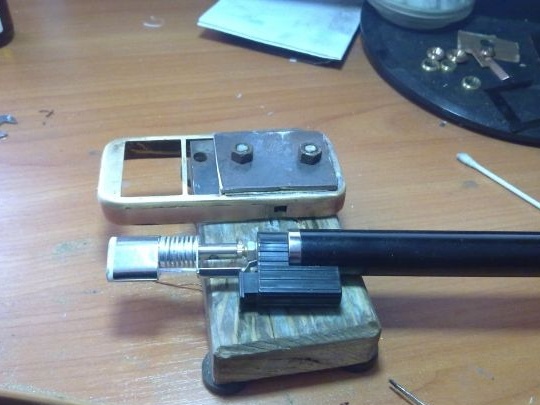
Further, the author made a back panel, which he also remade several times
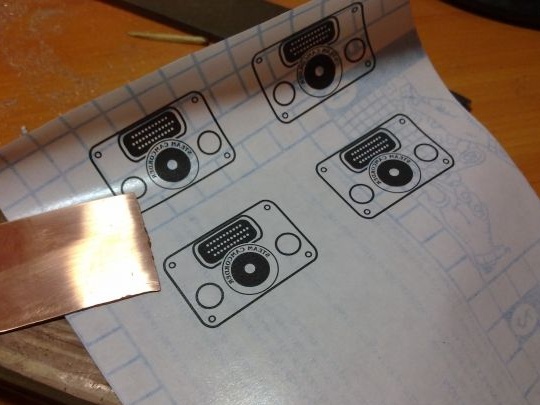
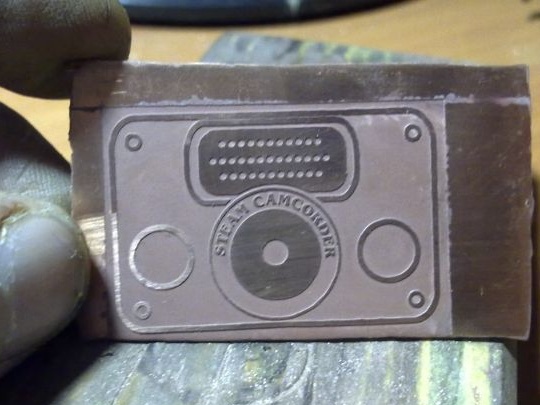
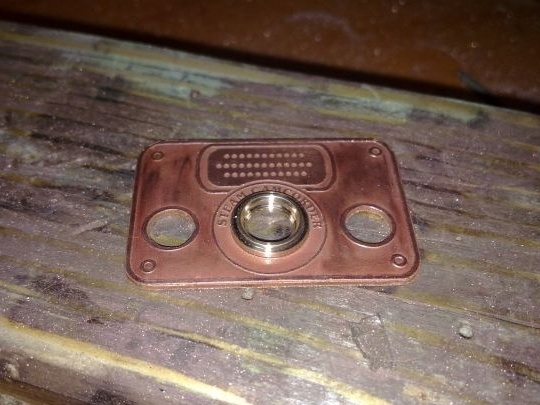
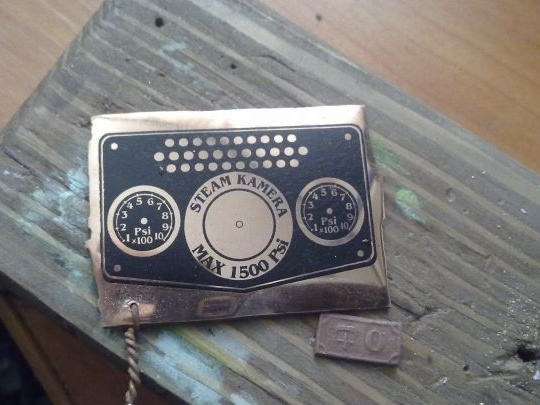
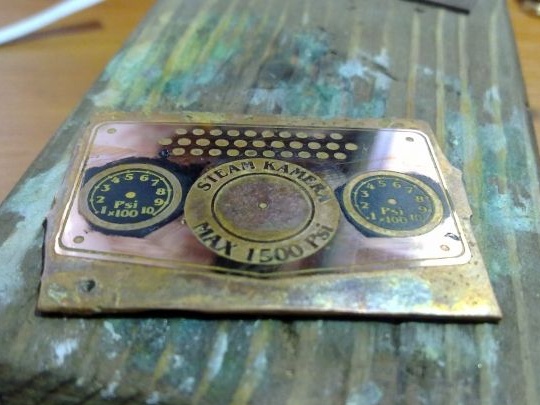
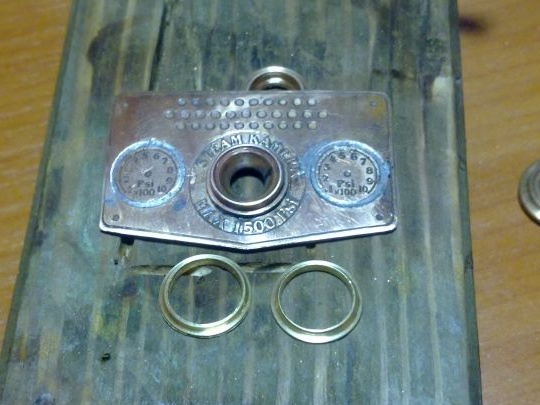
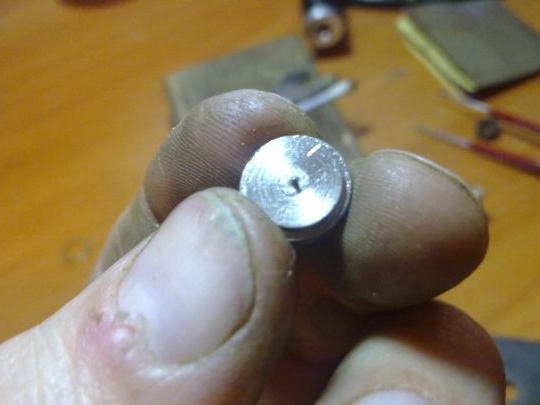
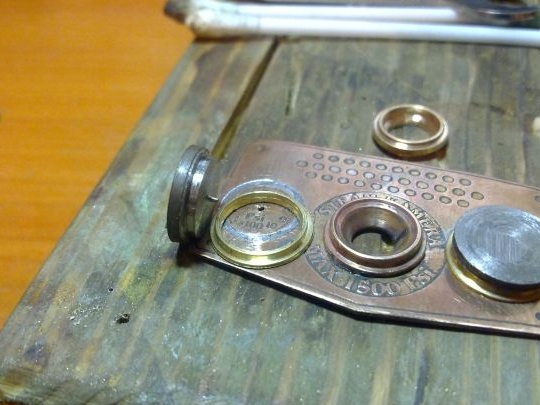
All parts went through the process of tinning, then were placed in a makeshift fixing device, and then were soldered.
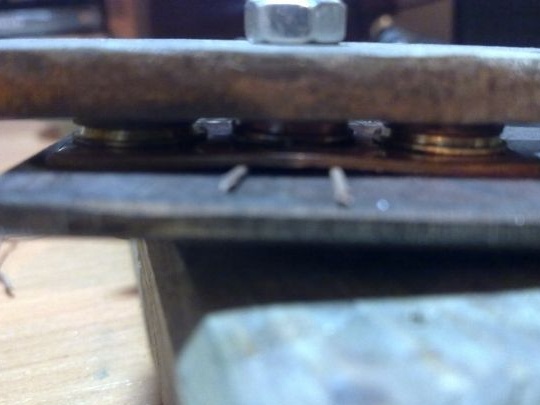
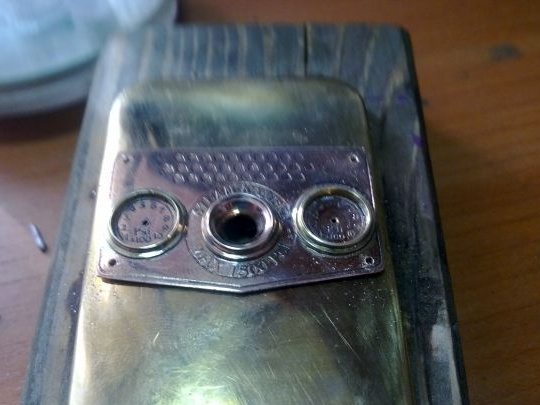
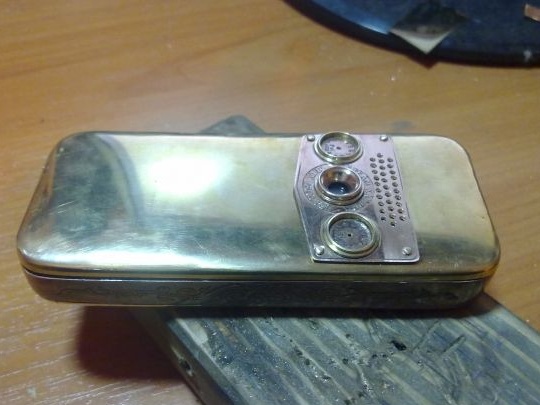
Rivets were taken from an old Soviet electric plug, the hands used from unnecessary watches.
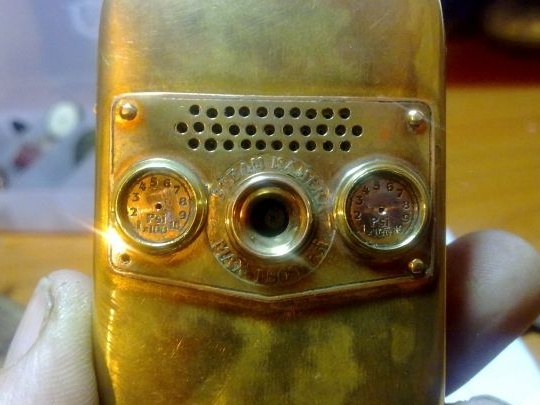
Then the side panels were etched, the left side was etched by electrolysis in saline, but since the author did not like the final result, he etched the left side with hydrogen peroxide, citric acid and salt. The resulting bubbles during etching were removed with a conventional syringe.
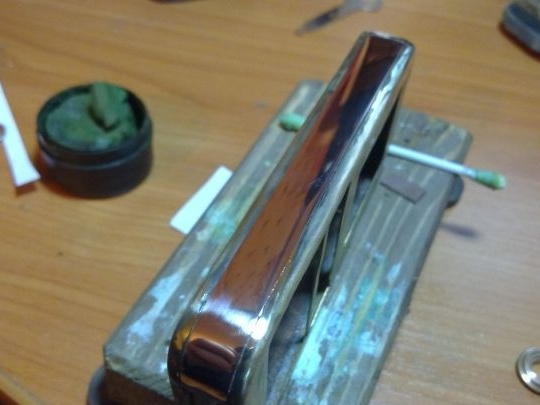
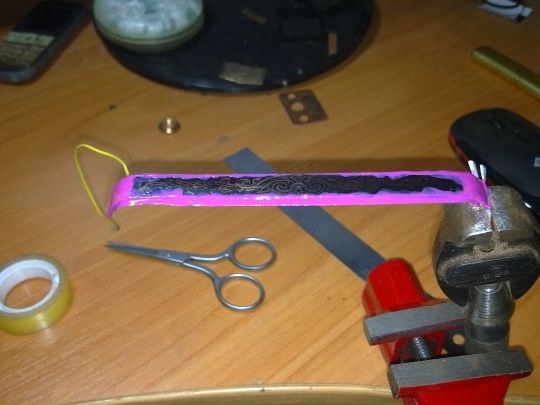
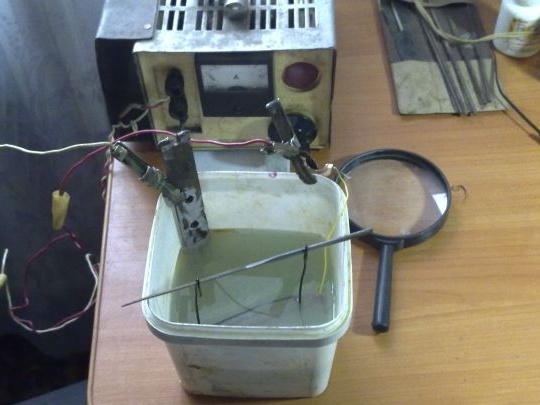
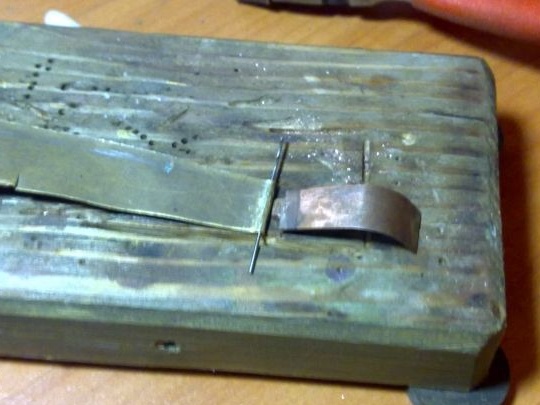
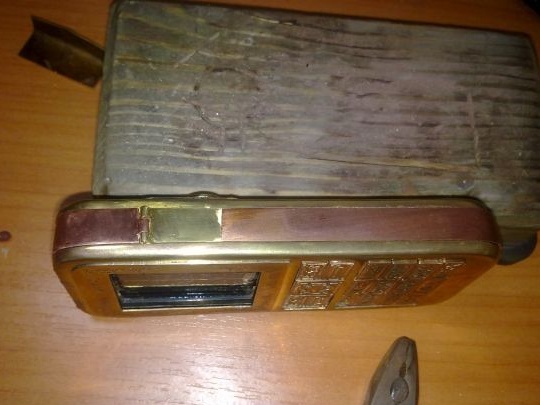
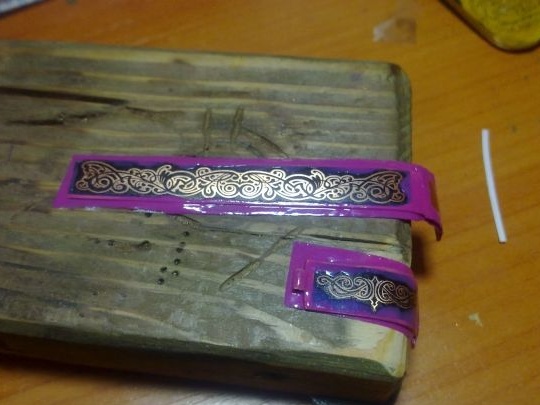
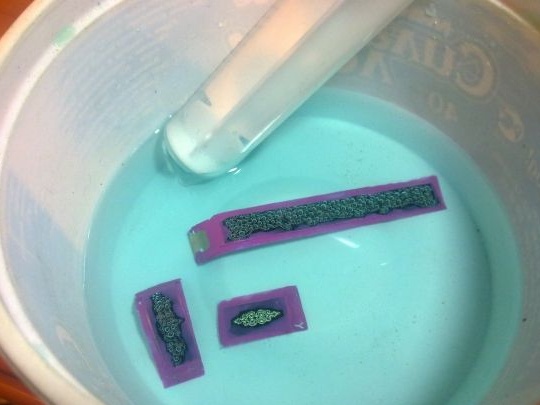
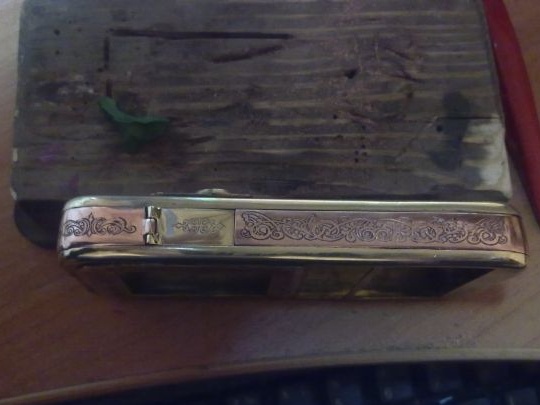
Then, on the inside of the back cover, the phrase that the author specially selected was etched.
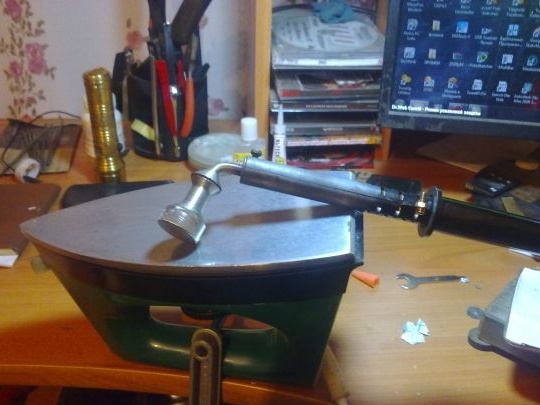
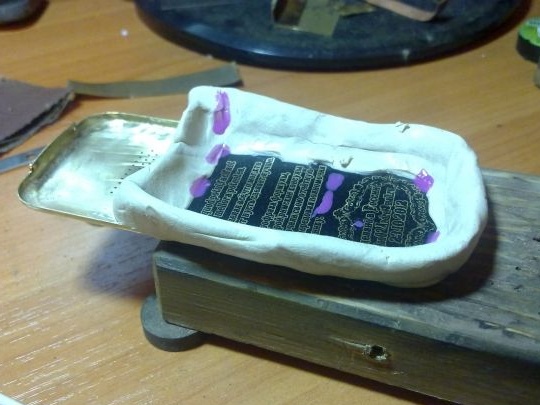
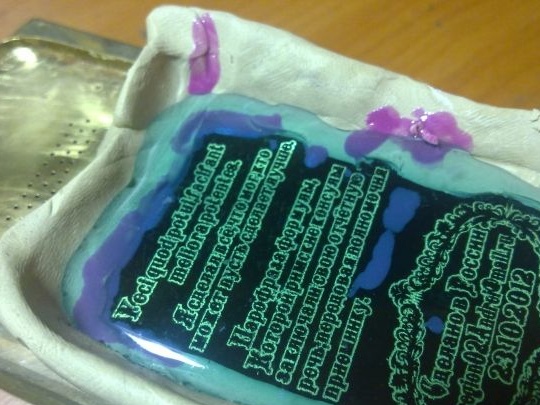

In order to close the ugly end parts, special pads were made.
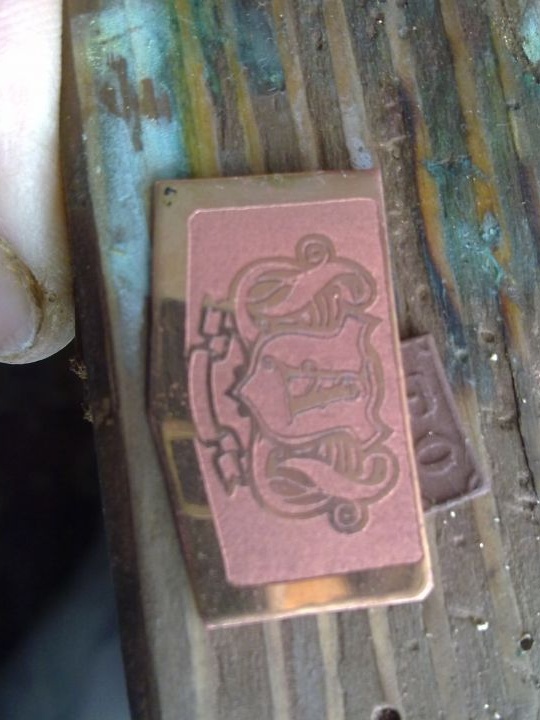

To hold the phone in the housing, special clips were made.
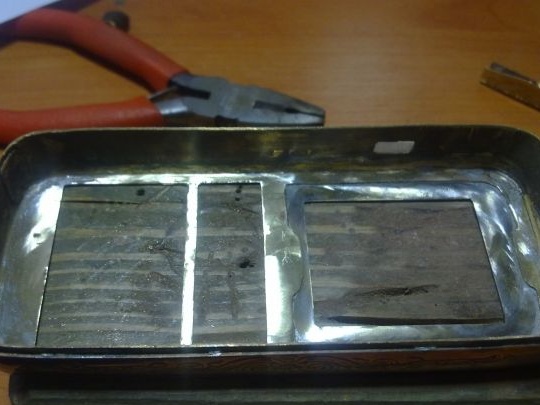
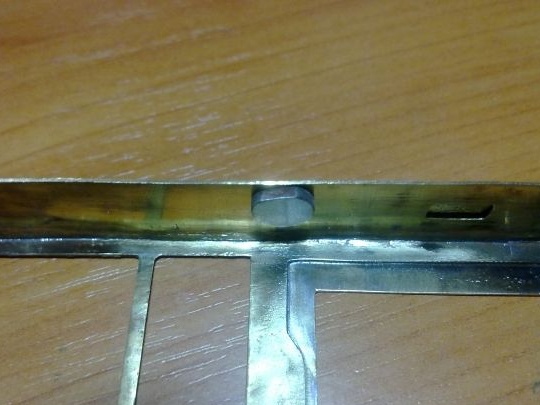
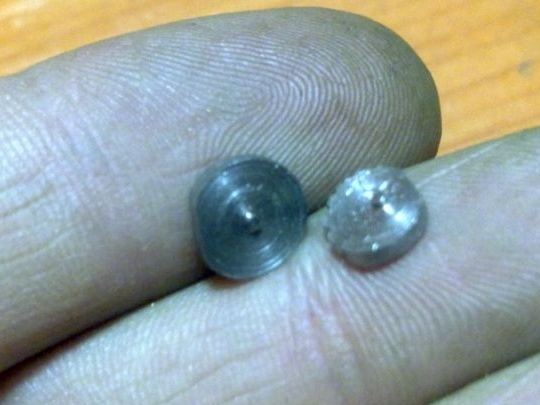
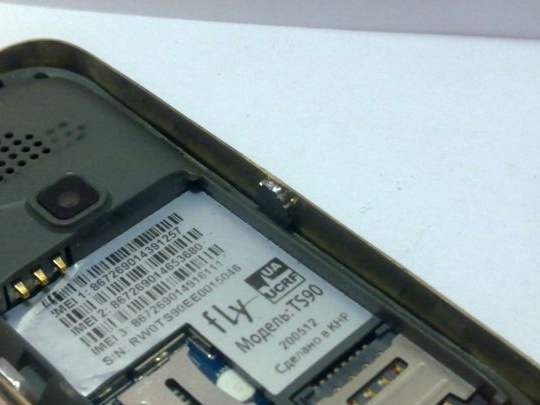
After the phone’s core was installed in the case, the antenna signal noticeably worsened, I had to redo it a bit, the author moved the antenna closer to the display, and left the standard one in its place.
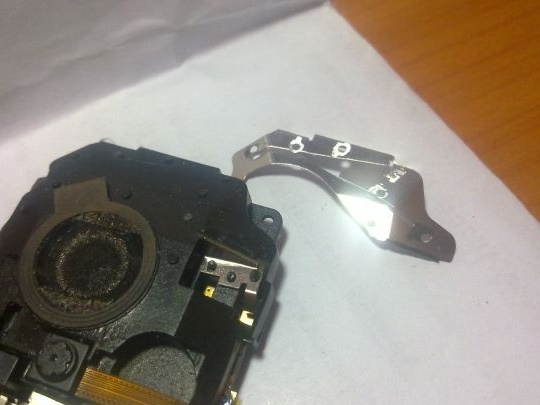
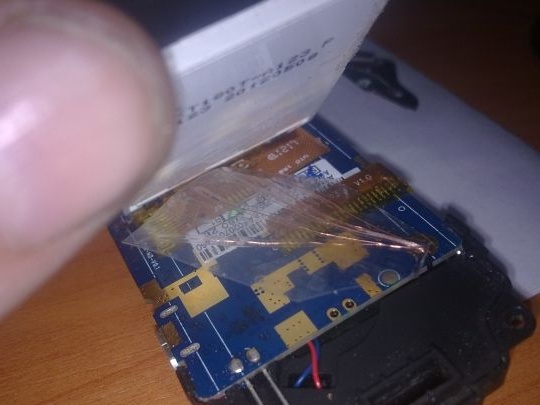
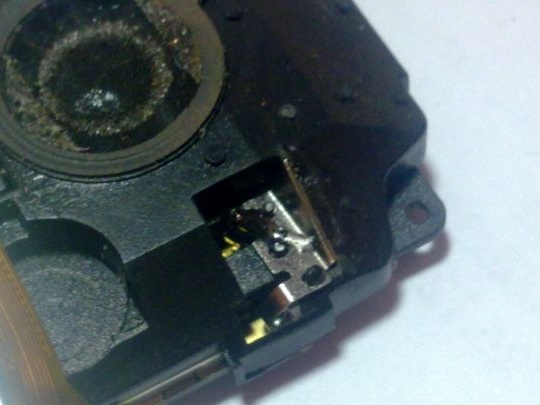
After polishing and some improvements, I got such an original phone.
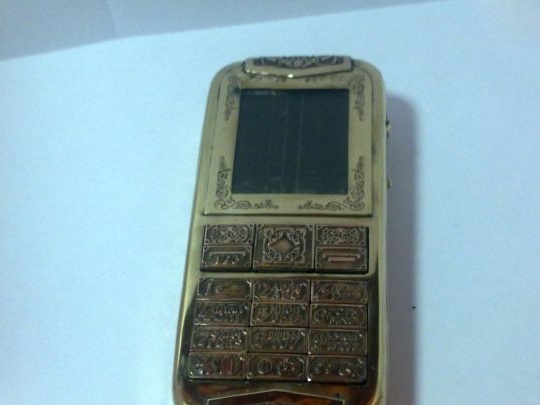
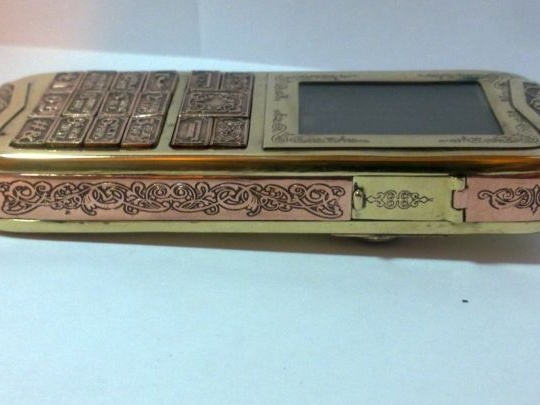
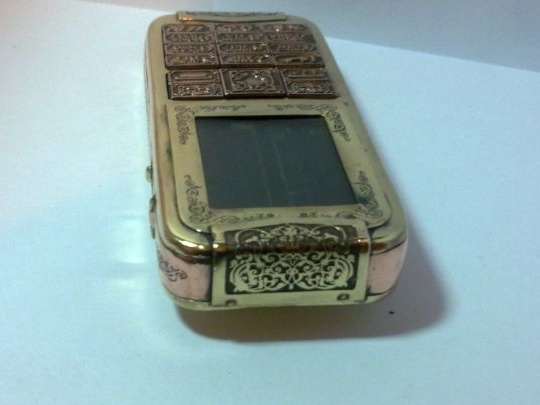
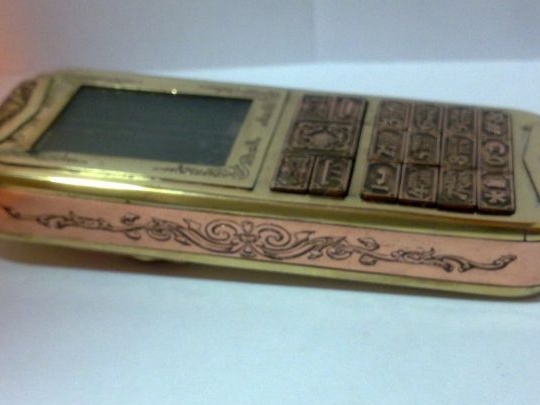
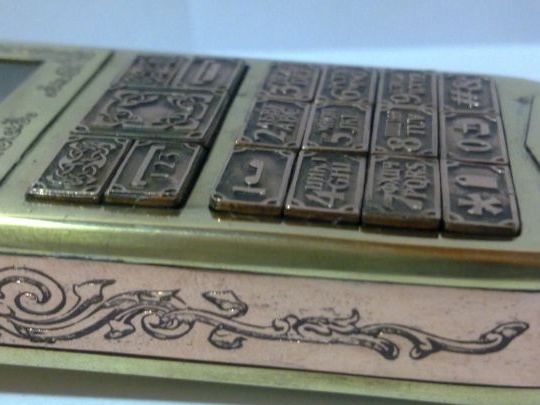
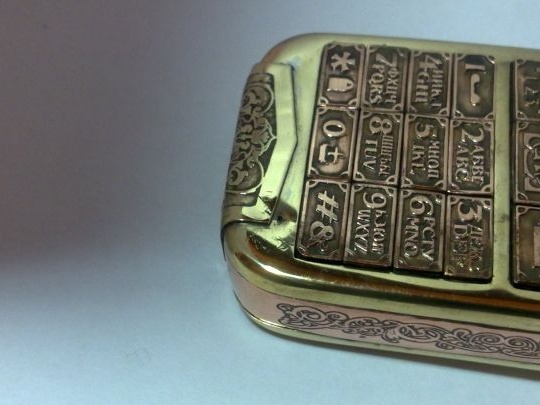
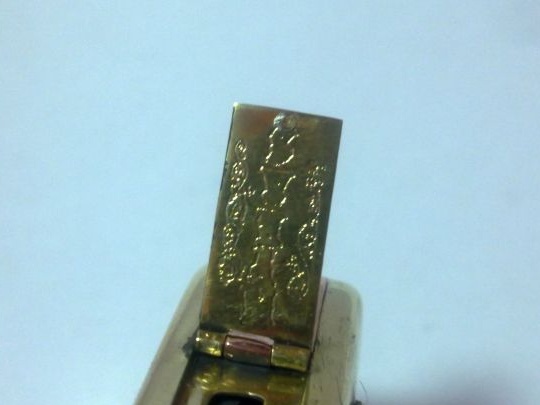
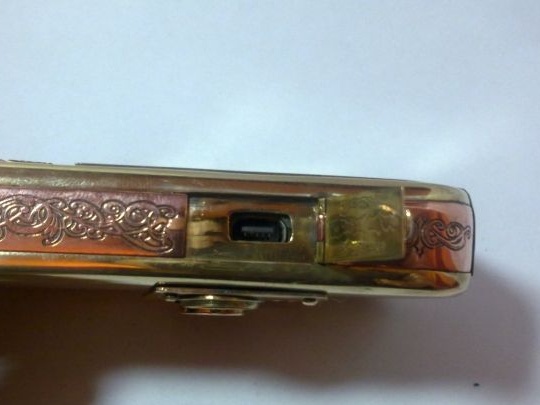
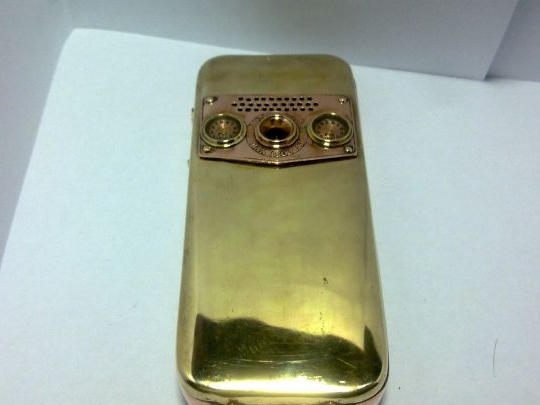
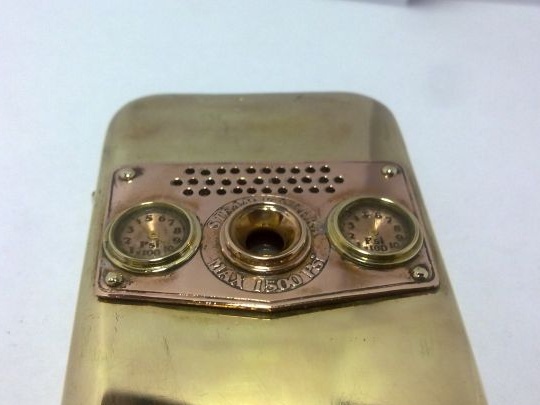
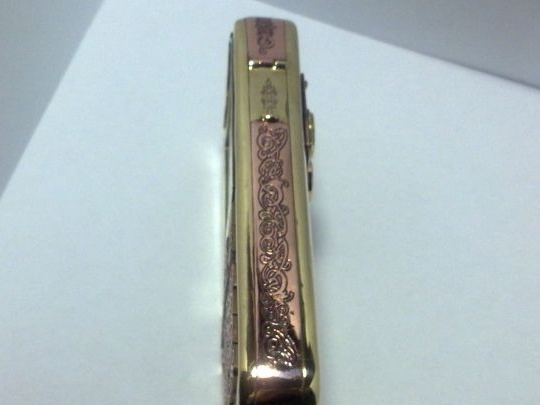
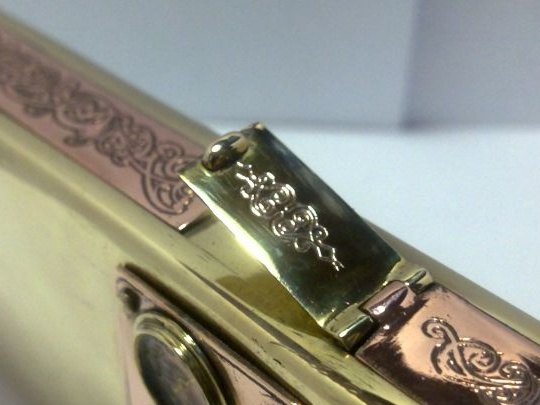
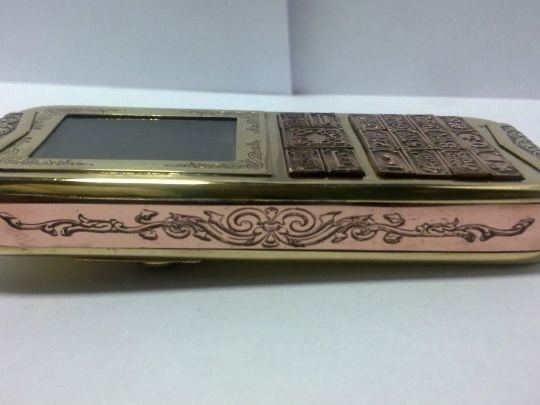
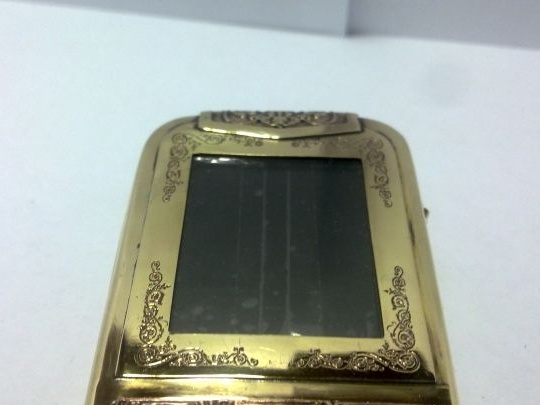
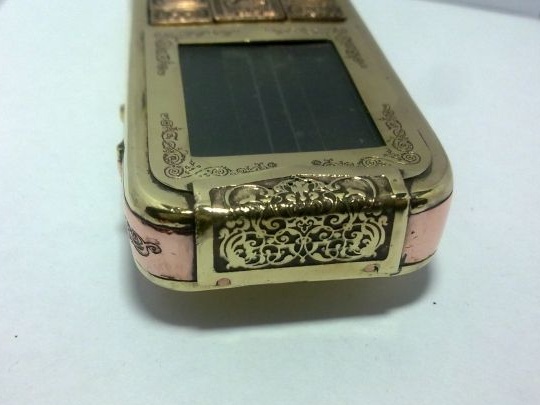
A few photos for patina lovers.
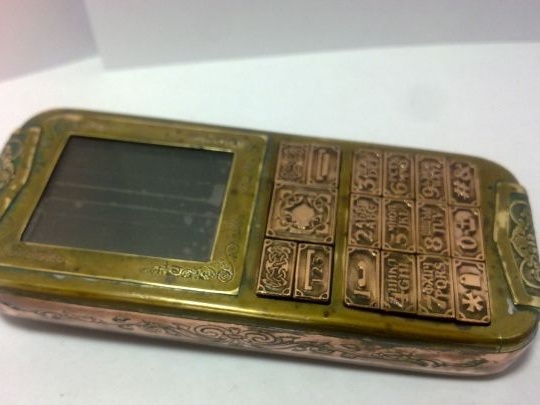
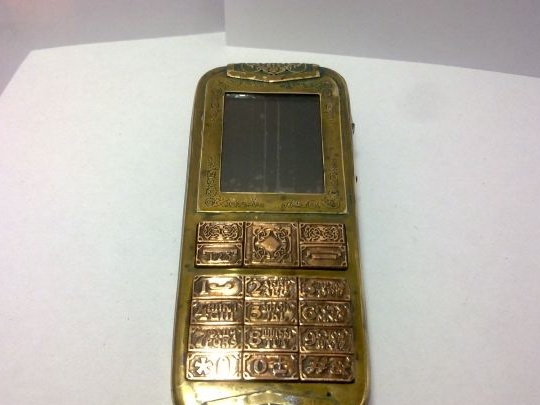
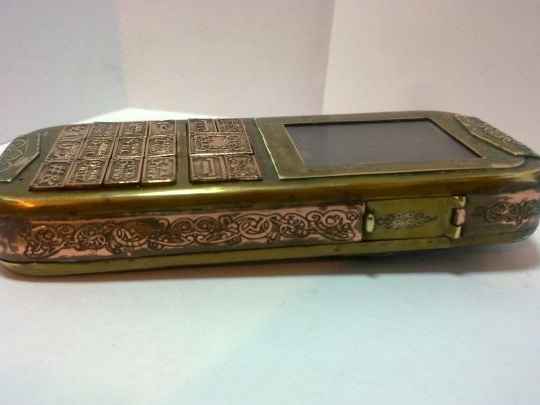
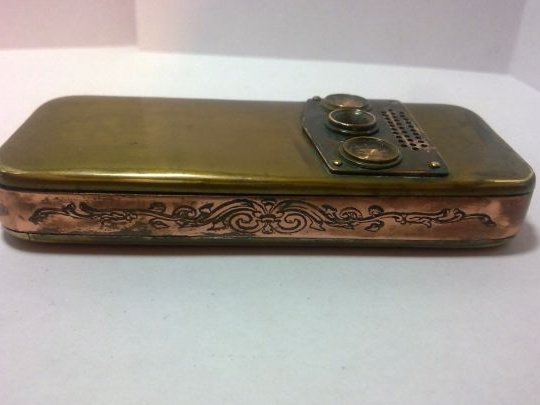
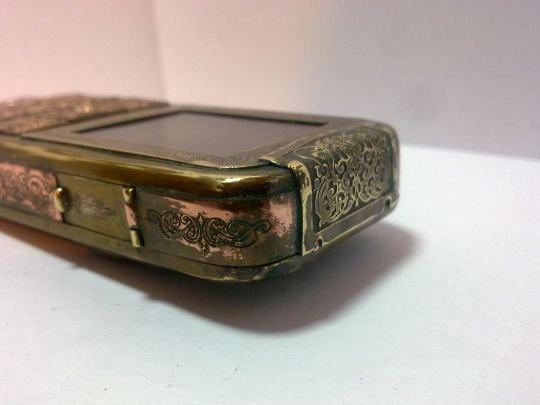
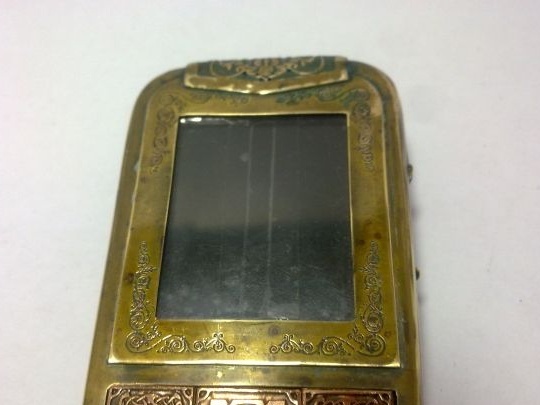
This is how the phone looks after several months of use, and carried in your pocket.
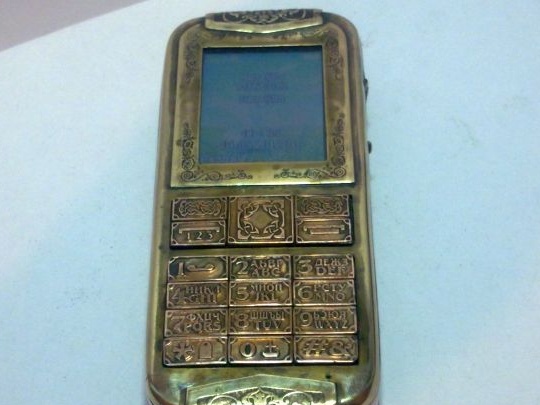
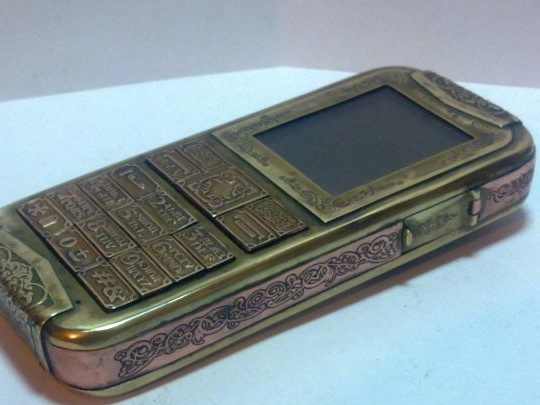
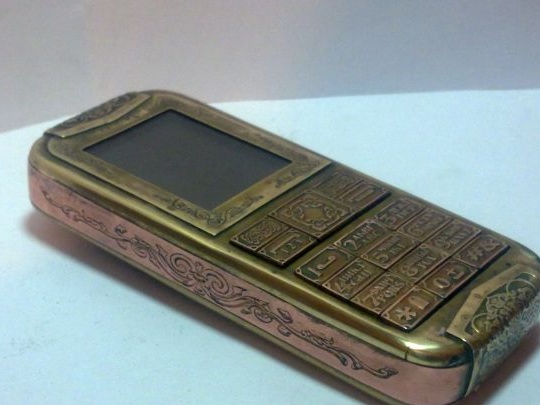
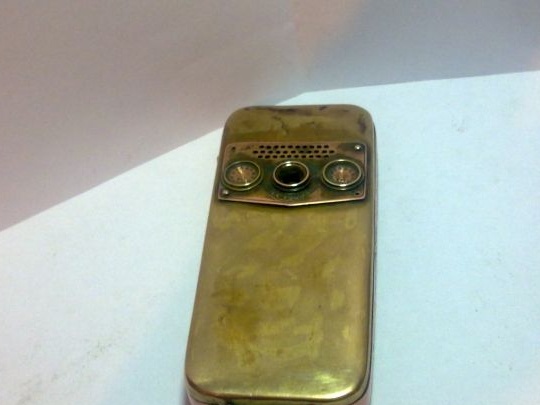
This article is over, thank you all for your attention.
